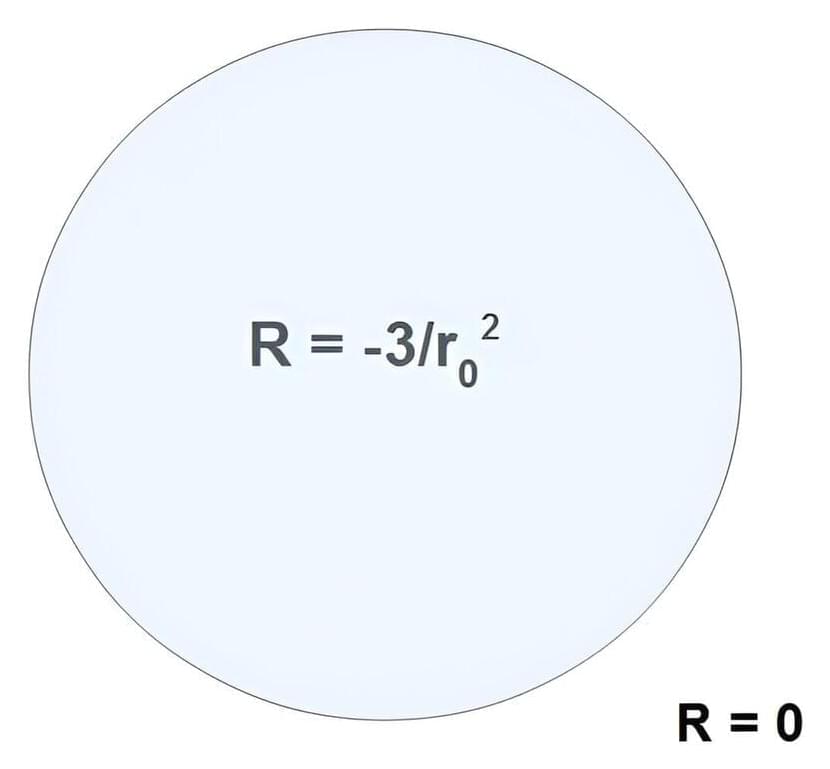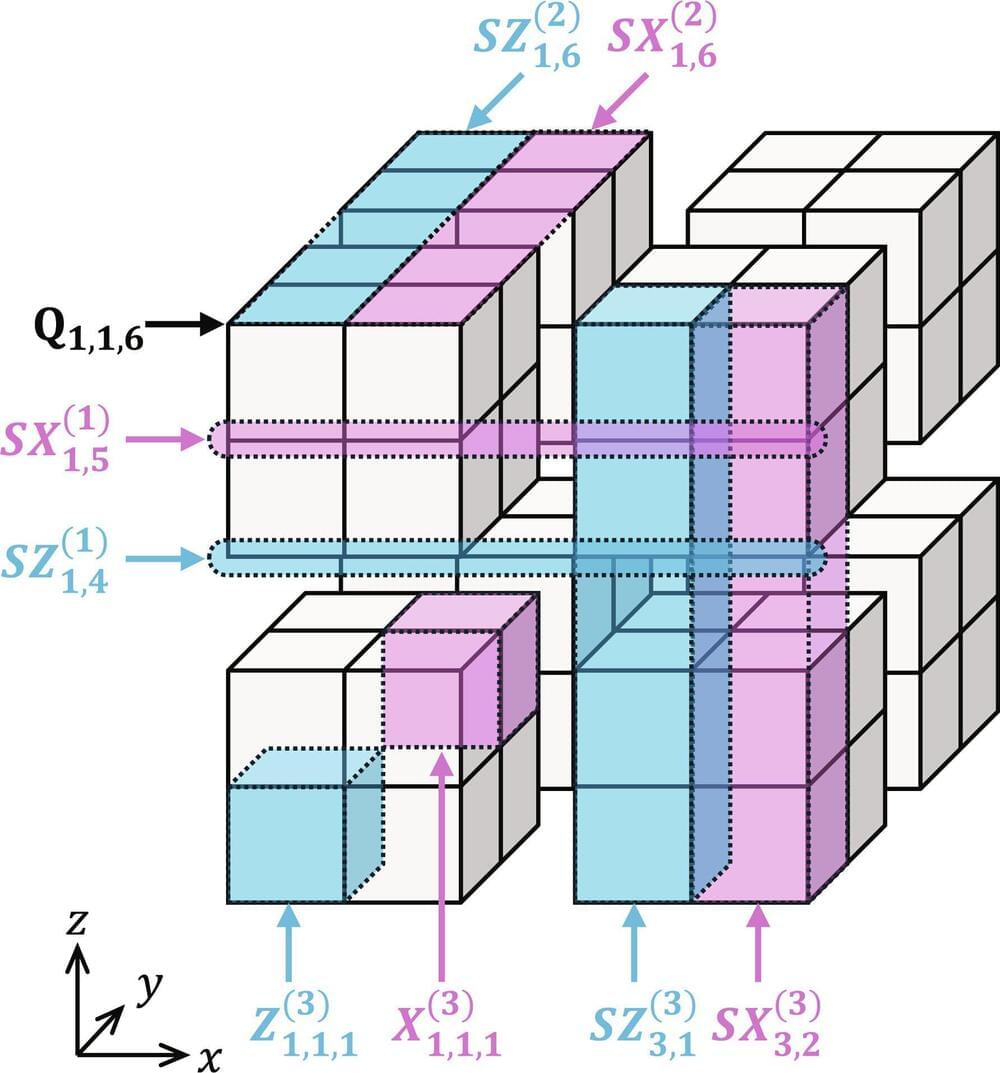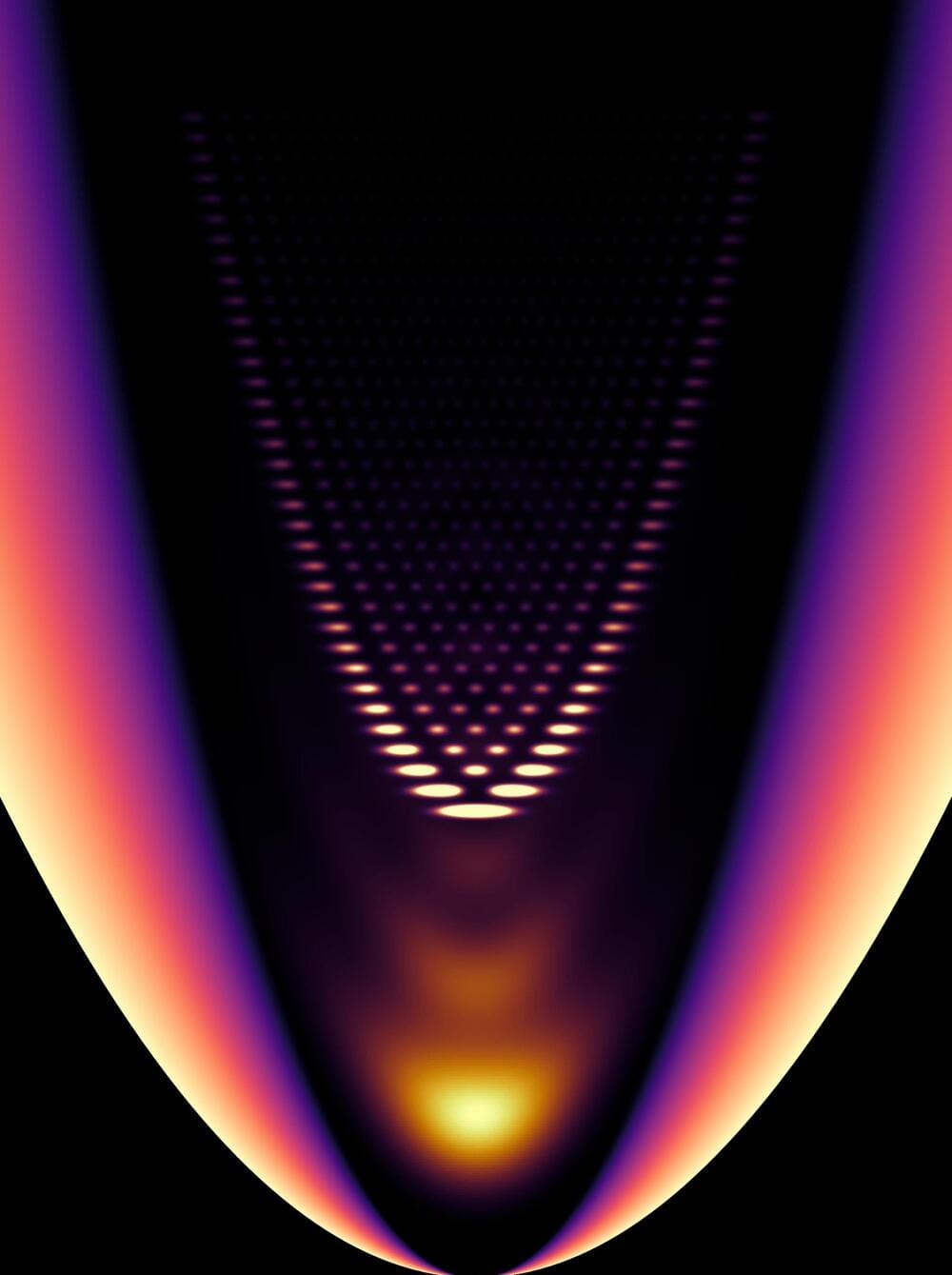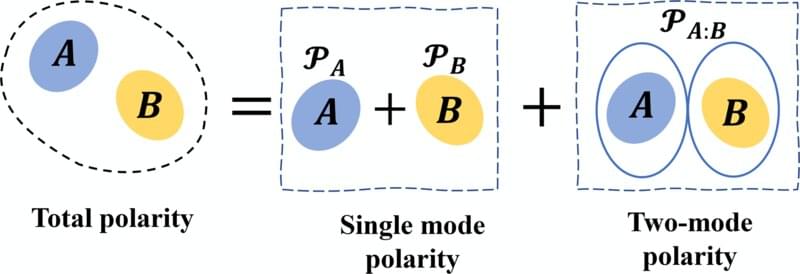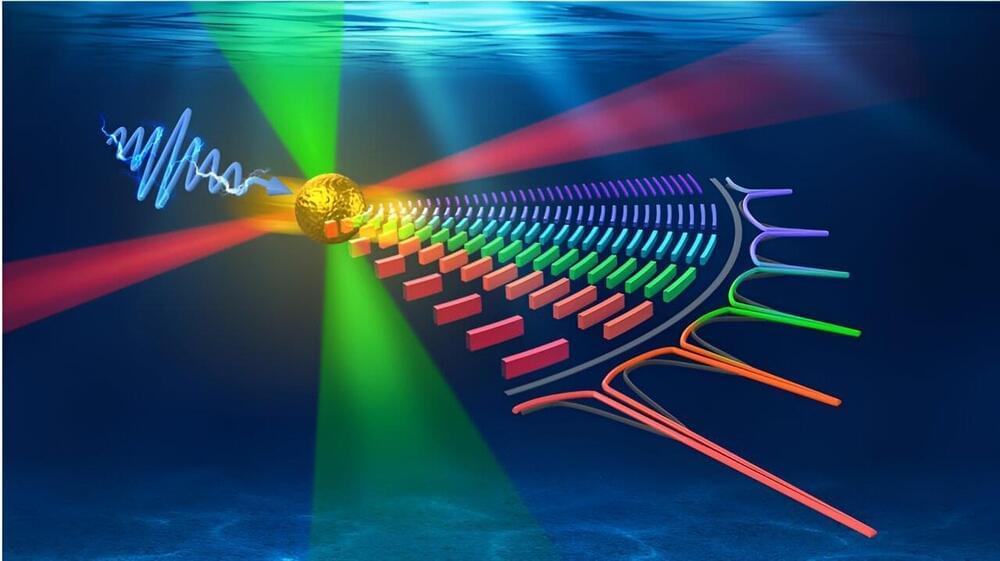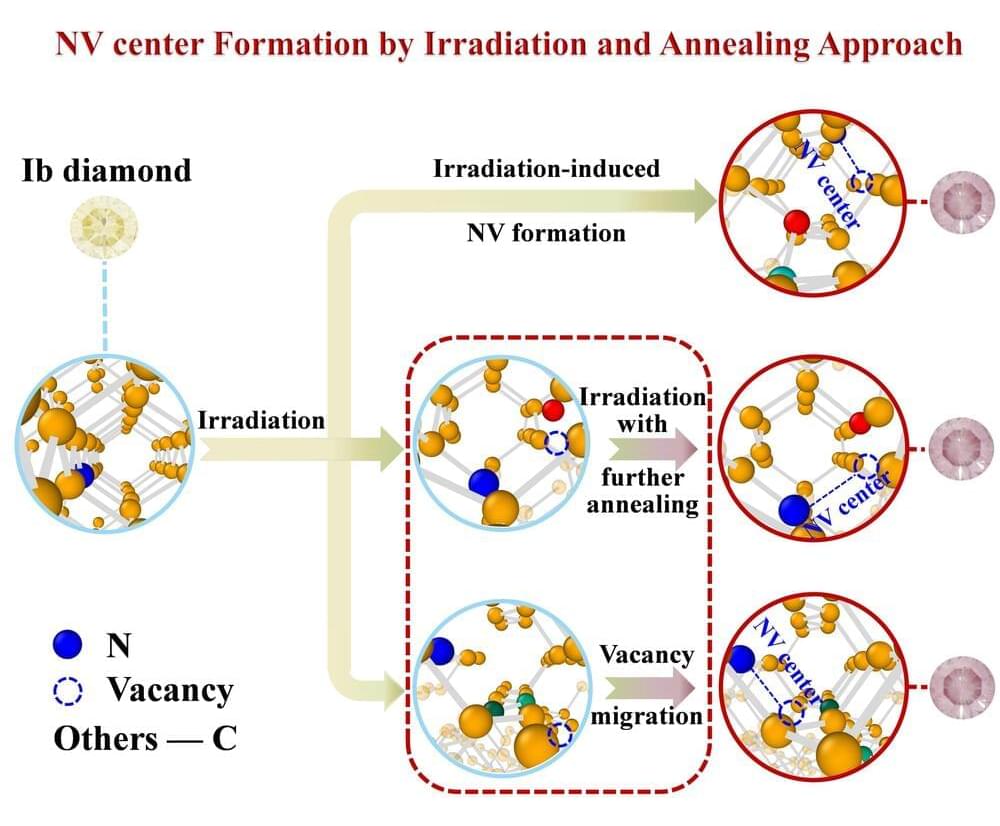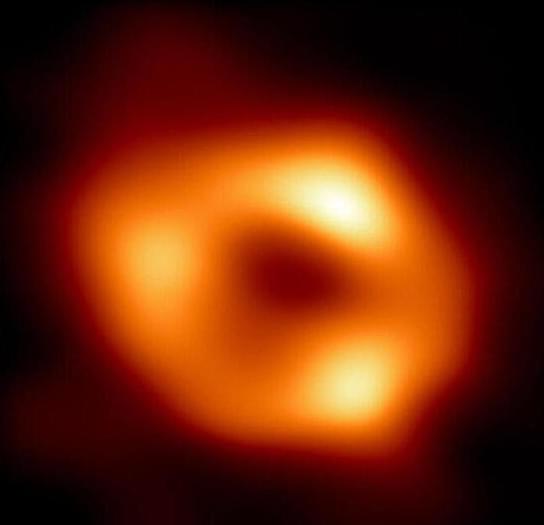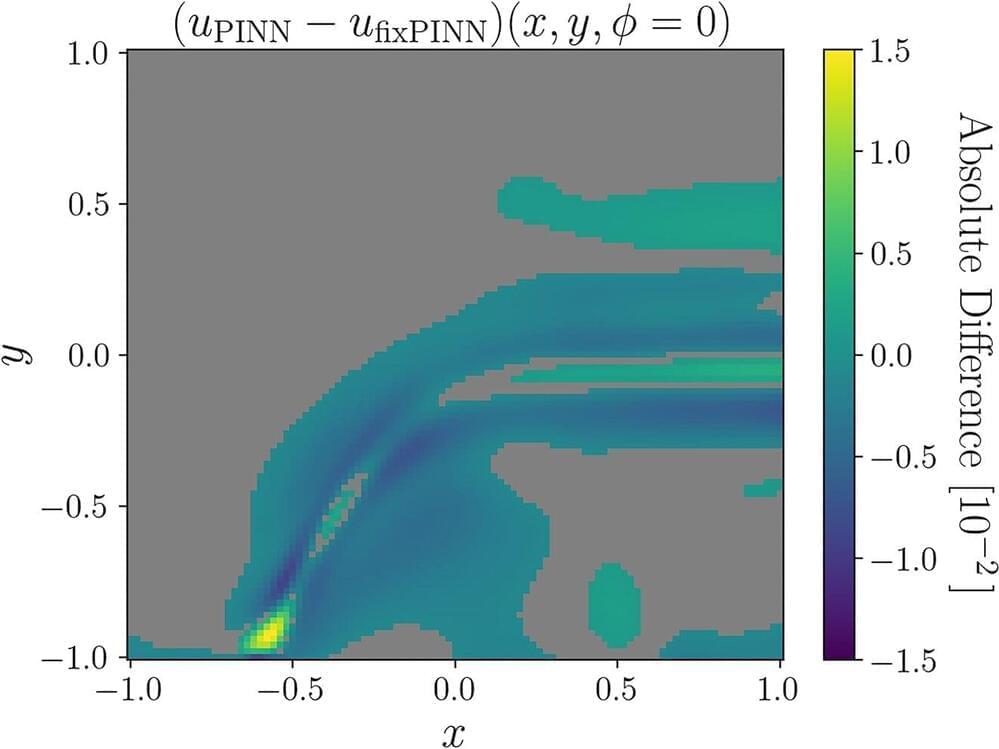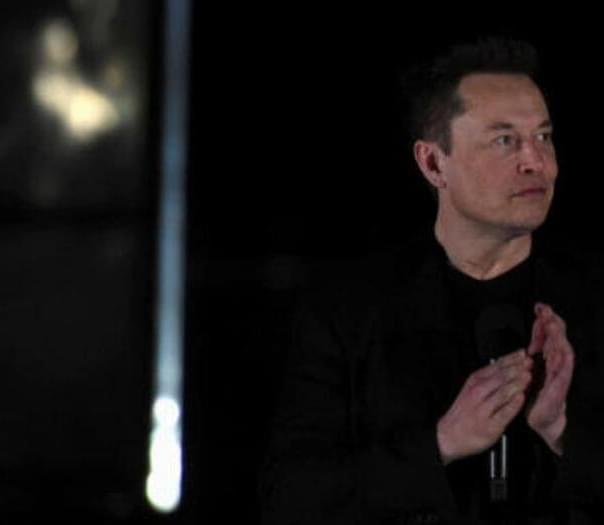Sep 7, 2024
Why are black holes stable against their own gravity?
Posted by Saúl Morales Rodriguéz in categories: cosmology, quantum physics
Neutron stars are timelike matter with a maximum mass of about 2.34 solar masses in quantum chromodynamics (the strong color force). Black holes are spacelike matter that have no maximum mass, but a minimum mass of 2.35 solar masses. Indeed, black holes have been identified with millions or billions of solar masses.
